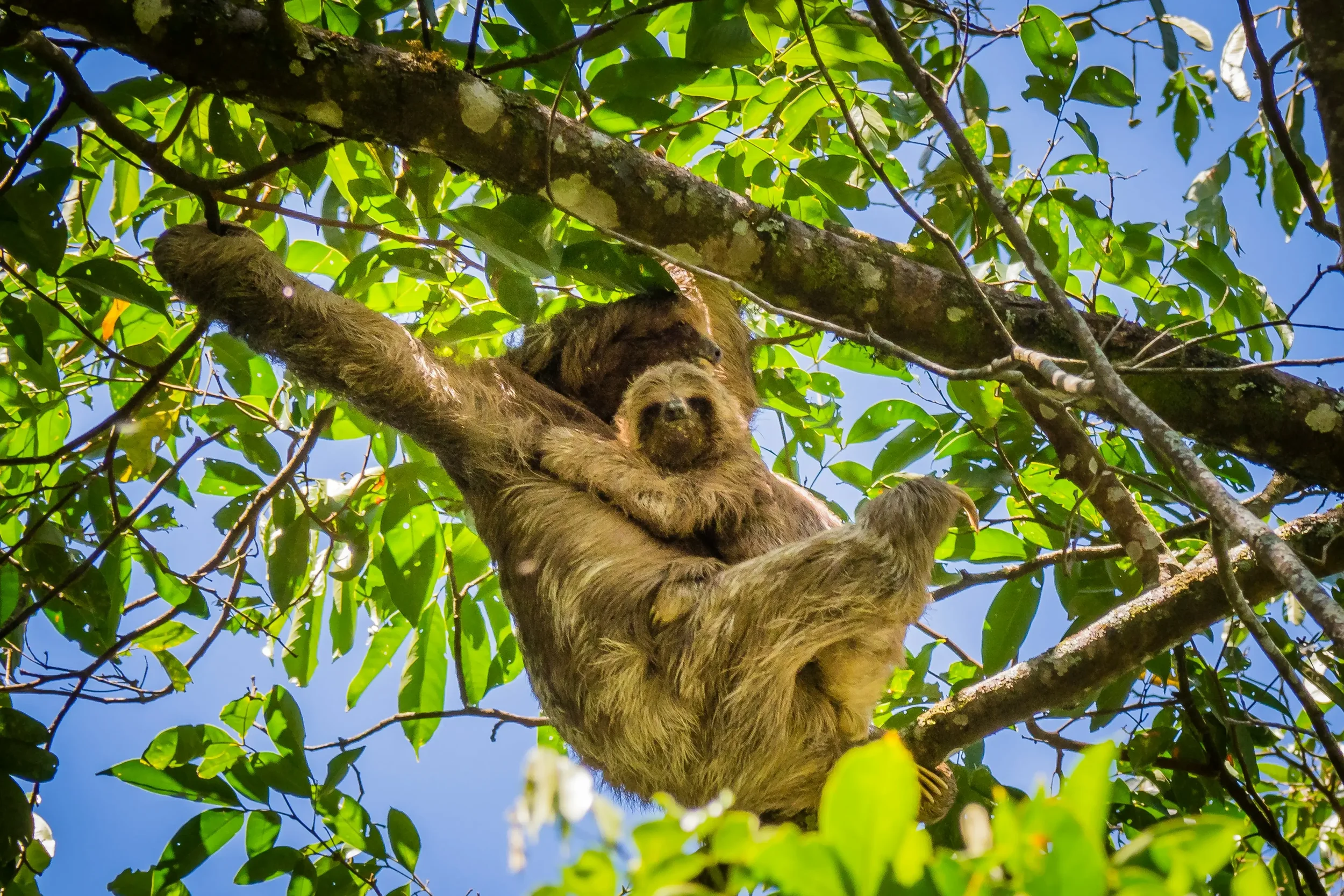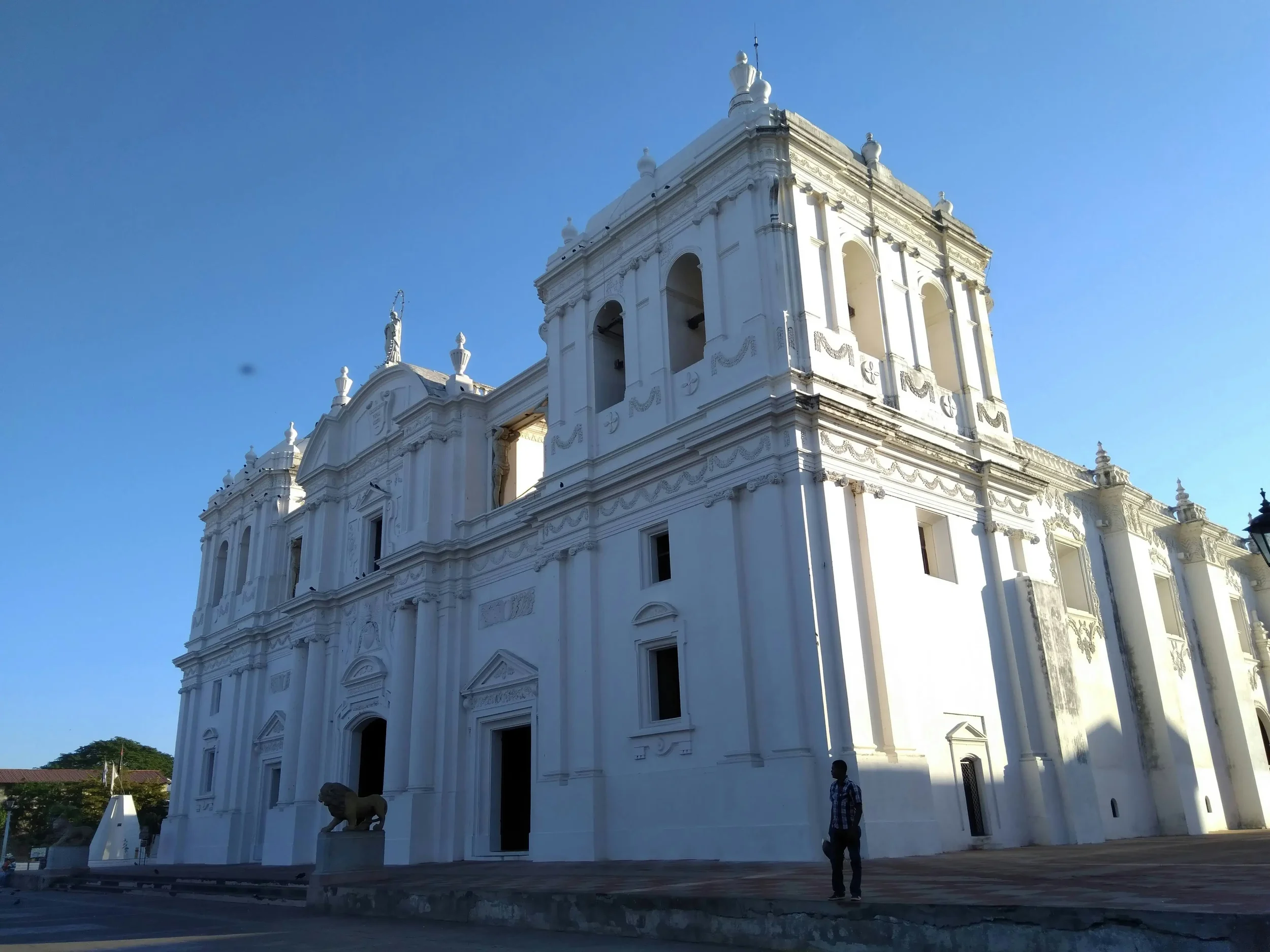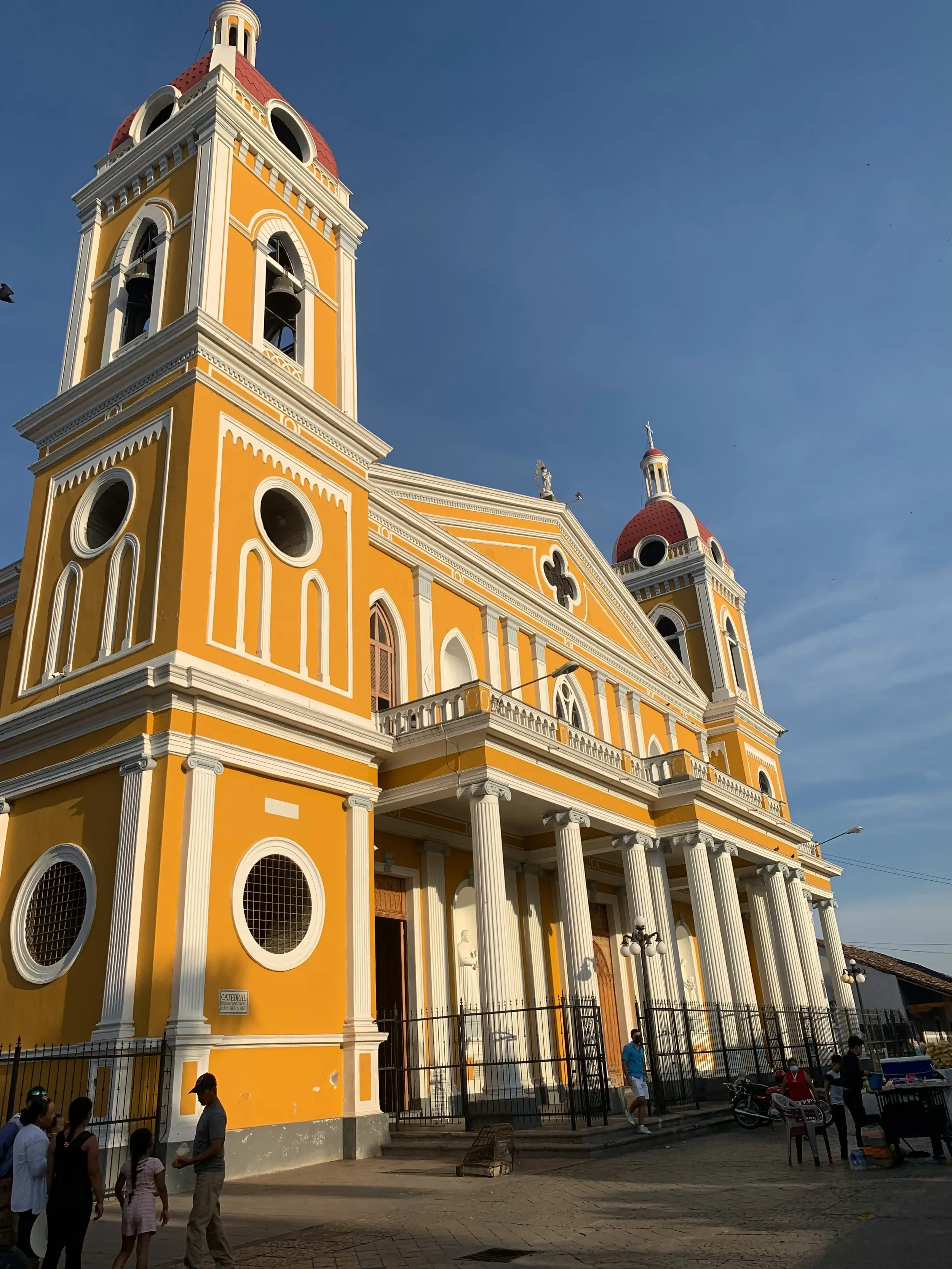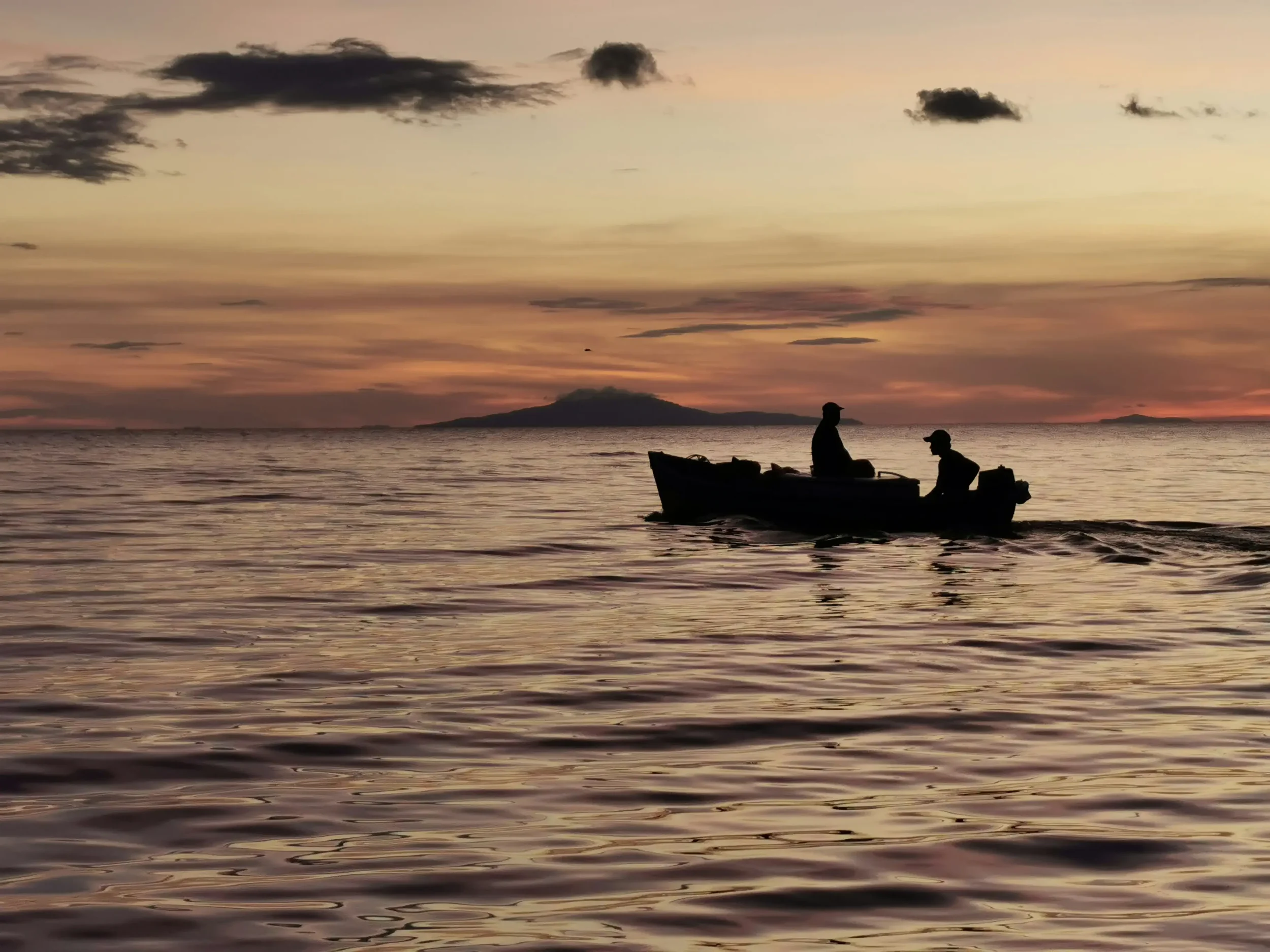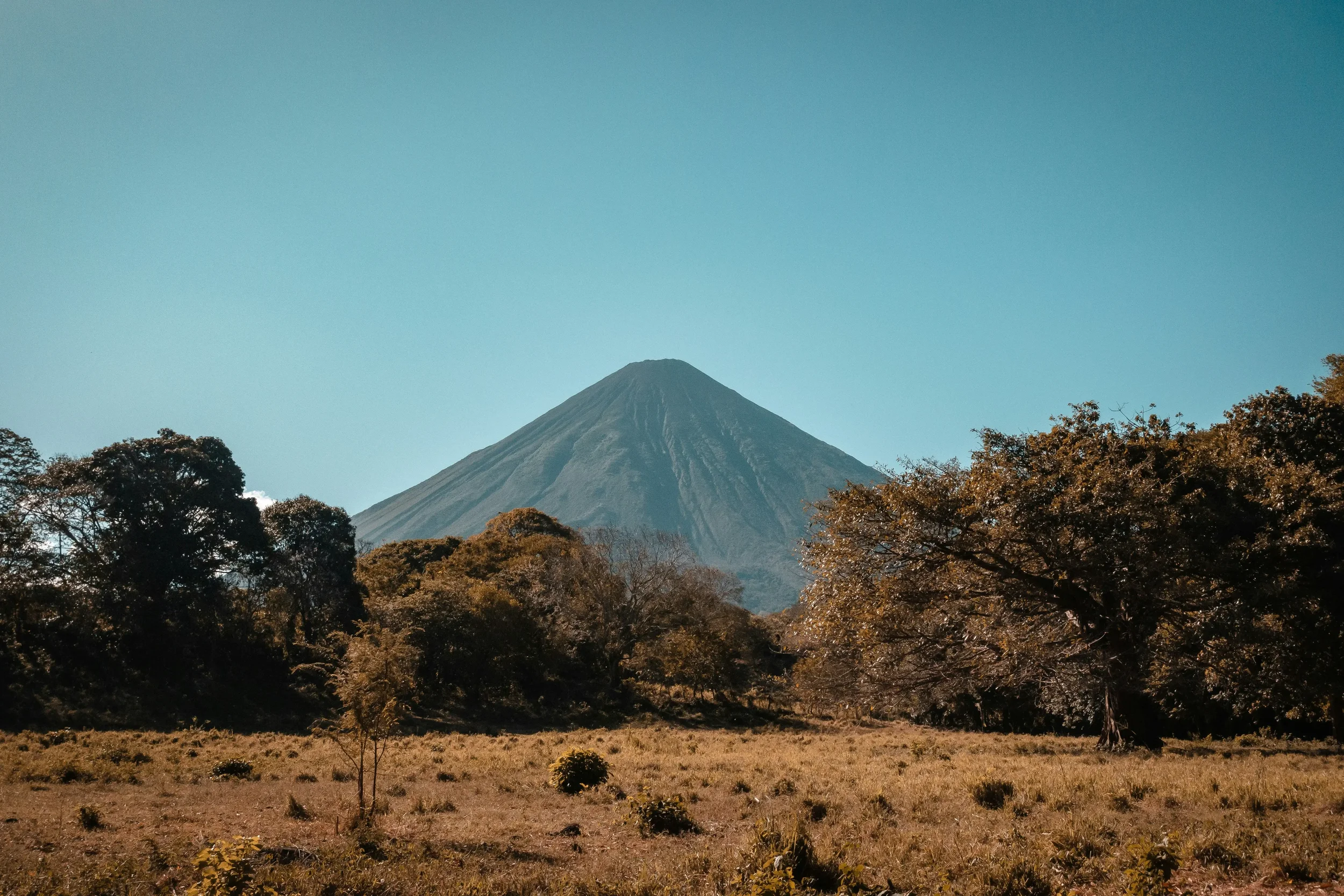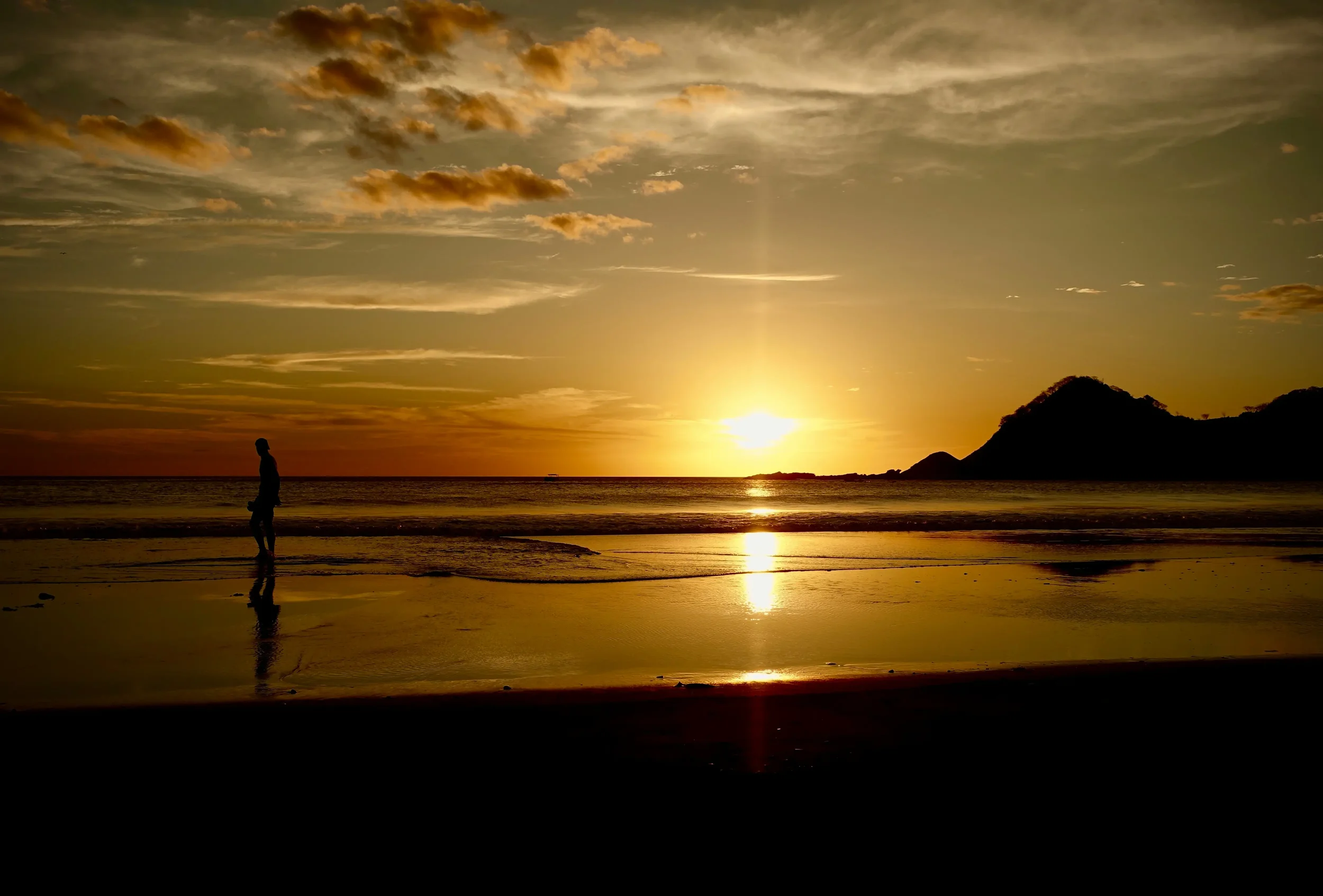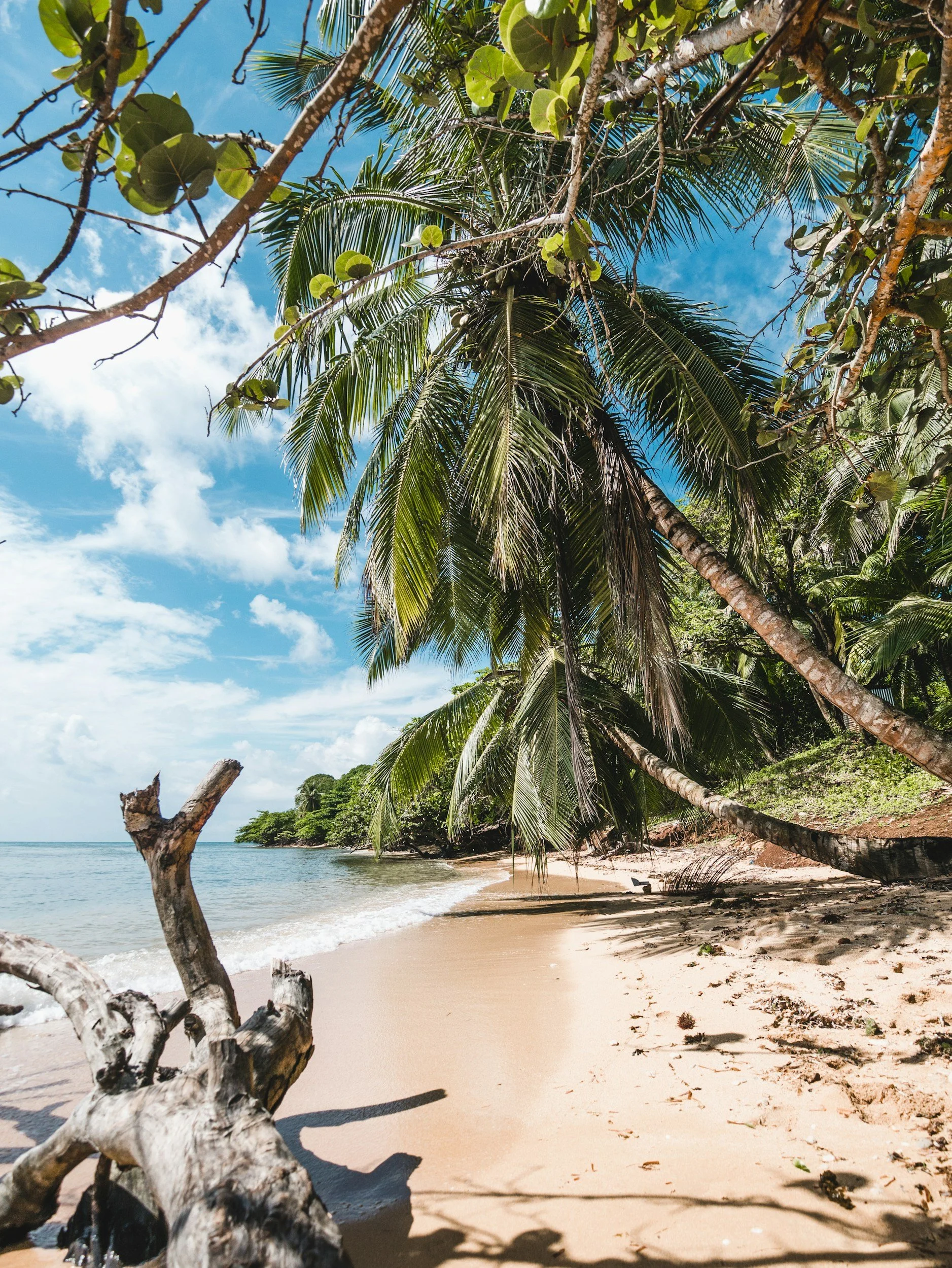NICARAGUA
-
Known as the “land of lakes and volcanoes,” Nicaragua is Central America's largest country, and a rising star on the backpacker trail. Known for its stunning natural beauty, vibrant colonial cities and excellent surf breaks, it offers an authentic and adventurous experience at a very affordable price. Though it has faced political challenges in recent years, Nicaragua remains a captivating destination for those seeking off-the-beaten-path exploration.
Most journeys start in Granada, a beautifully preserved colonial city on the shores of Lake Nicaragua with vibrant architecture and easy access to Mombacho Volcano. From there, you can surf the Pacific waves of San Juan del Sur, hike active volcanoes near León, explore the unique island of Ometepe in Lake Nicaragua, or unwind on the peaceful Corn Islands in the Caribbean. The country’s rich Indigenous and Afro-Caribbean cultures deepen its vibrant landscape.
Nicaragua promises thrilling adventures, rich culture and warm hospitality for the intrepid traveler.
-
Nicaragua has a tropical climate with two distinct seasons: a dry season and a wet (or green) season. Temperatures remain warm year-round, with some variations due to altitude.
Overall Best Time to Visit: The dry season (November to April) is generally considered the best time to visit with sunny weather and minimal rain across most of the country, making it ideal for beach holidays, hiking and outdoor activities. This is also peak tourist season.
Regional Breakdown:
Pacific Lowlands (León, Granada, San Juan del Sur, Rivas):
Dry Season (November - April): Hot and sunny, with low humidity. Temperatures often exceed 30°C (86°F). This is the best time for surfing and exploring colonial cities.
Wet Season (May - October): Hot and humid, with daily afternoon showers. Mornings are often sunny. The "wettest" months are typically September and October.
Central Highlands (Matagalpa, Estelí - Coffee Region):
Milder Climate: Due to higher elevation, these areas experience cooler temperatures (around 18°C-28°C / 64°F-82°F) than the lowlands.
Dry Season (November - April): Pleasant temperatures, less rain, ideal for coffee tours and hiking.
Wet Season (May - October): More consistent rainfall, but often in the afternoons.
Caribbean Coast (Corn Islands, Bluefields):
Tropical Climate: Hot and humid year-round, with significantly more rainfall than the Pacific side.
"Drier" Periods: February to May, and September to October.
Overall: Expect rain at any time, but it tends to be heavier from June to August, and November to January. Hurricane season runs roughly from June to November.
Important Tip: Even in the dry season, occasional short showers can occur, especially in the central highlands or on the Caribbean coast. If traveling during the wet season, plan activities for the mornings.
Health: Mosquito protection is essential, especially around lakes and forests.
-
UK, EU & US passport holders:
Citizens from the UK, EU, and US generally do not need a visa for tourist stays up to 90 days. Upon arrival, you will receive a stamp in your passport indicating the permitted length of stay. An entry fee (currently around $10 USD) is typically paid upon arrival at the airport or land border.
Important Notes:
Passport Validity: Your passport must be valid for at least six months beyond your intended date of entry into Nicaragua.
CA-4 Agreement: Nicaragua is part of the Central America-4 (CA-4) Border Control Agreement with El Salvador, Honduras and Guatemala. This means you can travel between these four countries for up to 90 days total on a single entry stamp. The 90-day period begins when you first enter any of the CA-4 countries.
Proof of Onward Travel: You may be asked for proof of onward travel (e.g., a flight ticket leaving Nicaragua) by immigration officials or airlines before boarding.
Proof of Funds: While less common, you may be asked to demonstrate sufficient funds for your stay.
Extension: It is possible to apply for an extension of your CA-4 visa (for an additional 90 days, totaling 180 days) at a Migración office in Managua. This must be done before your initial 90-day period expires. The process can be time-consuming and requires patience.
Overstay Fines: Overstaying your permitted time under the CA-4 agreement will result in fines upon departure from any of the CA-4 countries.
-
Currency: Nicaraguan Córdoba (NIO)
Nicaragua is one of the most budget-friendly countries in Central America. Cash is crucial, especially outside of major cities and tourist zones. Many local businesses, markets, and smaller towns operate on a cash-only basis. US dollars are widely accepted in tourist areas for larger purchases, but change will likely be given in Córdobas, and you might get a slightly less favorable rate.
Best way to access money:
ATMs: Available in cities and larger towns. Look for ATMs from banks like BAC Credomatic, Lafise or Banpro. Fees apply per transaction, and withdrawal limits can be restrictive. It's often more economical to withdraw larger amounts less frequently.
Travel Cards: Using a fee-free travel card like Revolut, Wise or Monzo often provides the best exchange rates and helps avoid excessive ATM fees.
Exchange Houses (Casas de Cambio): Less common, but available in some areas. Banks also exchange currency. Avoid exchanging money on the street, as this can be risky.
US Dollars: It's useful to have some USD cash for immediate expenses upon arrival, border fees, or for some tours, but generally paying in Córdobas is better for daily expenses.
Typical daily backpacker budget: NIO 700–1,500/day ($20–$40 USD) – This budget is very achievable for hostel dorms, delicious local food, chicken buses, and many free or low-cost activities. Nicaragua offers incredible value for money. Costs for surfing lessons, volcano boarding or island hopping to the Corn Islands will add to this.
Tips:
Comedores: Eat at comedores (small, family-run eateries) for incredibly cheap and authentic Nicaraguan meals. Fritanga (grilled meat with gallo pinto [traditional rice and beans] and salad) and Nacatamal (steamed corn masa wrapped in banana leaves) are must-tries.
Street Food: Abundant and cheap. Try quesillos (cheese wrapped in a tortilla with pickled onions).
Chicken Buses (Buses Ruta): The main form of public transport. They are very cheap, lively, and a quintessential Nicaraguan experience! For longer distances, private shuttles (often slightly more expensive but faster and more comfortable) are also available.
Volcano Boarding: A unique and thrilling activity near León. Factor this into your budget.
Ometepe Island: A fantastic place for hiking, kayaking and exploring, with very affordable accommodation and food.
Carry Small Bills: Always have small denominations of Córdobas, as vendors may not have change for larger bills.
Negotiate: In markets, especially for souvenirs, polite bargaining is common. For taxis, always agree on a price before getting in.
Main Destinations

